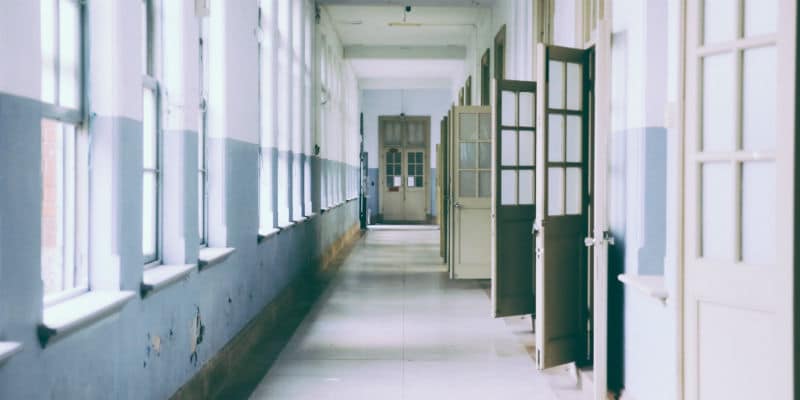Flipping the classroom—in which students independently consume online lessons or lectures and then spend their time in the classroom focused on what we used to call homework—crashed on the scene eight years ago. But if Bob Harris, president of Edudexterity and currently working as the head of human resources for Pittsburgh’s school district, is to be believed, it isn’t enough.
It’s time to flip the high school day, he says, and he has plans for how to do it.
The basic idea is that almost all students would benefit from gaining a variety of real work experiences while in high school because they would gain a deeper appreciation for their potential directions in life; an understanding of their strengths, passions and purpose—a glaring gap in high schools that emerged in research for our new book Choosing College—and social capital in the form of mentors and potential professional connections outside of school and the circles of their family and friends, about which my colleague Julia Freeland Fisher has written extensively.
In Harris’s conception of the flipped school day, students would start their day at 9 a.m.—more in line with the research around when teenagers should wake up and start their days—by reporting to a workplace that could rotate every semester or year.
After working half a day, the students would then break for lunch and head to school to do their extracurricular activities and work on projects with their fellow students.
Finally, in the evenings, students would take their classes online from home when their parents are more likely to be at home—also more in line with research that suggests students tend to perform better in courses that meet later in the day. They wouldn’t have homework per se, as work would simply be woven into their online learning experiences.
One of Harris’s insights is that a big reason school exists as it does is that it plays an important custodial function in the lives of many families. For years, the only way to learn from a teacher was in a classroom.
But with the advent of online learning, students can theoretically learn anywhere, which means that you can change what you do during the times when it’s important to provide custodial care for students. All too often, students are already doing most of their learning late in the evening anyway. Rather than fight it, why not embrace it?
Plus, far fewer teenagers—roughly 20%—hold a job today compared to a generation ago when 40% did. Flipping the school day would rectify that challenge and fill the morning time in a productive fashion.
Doing so would also equip students with an understanding of how their learning connected to their potential careers after school, which, in the ideal, would help them build motivation for when and what they learn online—which itself could be far more tailored for their learning needs, both in terms of the choice of courses and in terms of the learning pace and path within the courses.
It would also seem to present an interesting solution to the return of people’s nostalgia for career and technical education. And by flipping the school day for all students, it could potentially avoid the historical perils of tracking students into academic versus career pathways in high school.
Finally, flipping the school day could also greatly bolster the counseling function in high schools. Today counselors operate at a 491-to-1 student-to-counselor ratio in high schools, which means there is little time for meaningful advice for students. But by placing students into jobs in the community, schools could potentially leverage a far wider swath of their community’s resources to help counsel and guide students into the choices they make in their lives.
If no high school wants to go all-in on the experiment, then they could try it as a pilot for a segment of their students. In so doing, they could also use it to create more capacity in their school by changing when and how the building is utilized and providing more shifts for students so that the schools would be open for far longer, act more as community centers, and students could experience smaller class sizes with teachers.
Given all we know, flipping the school day seems like a worthwhile experiment to me.



